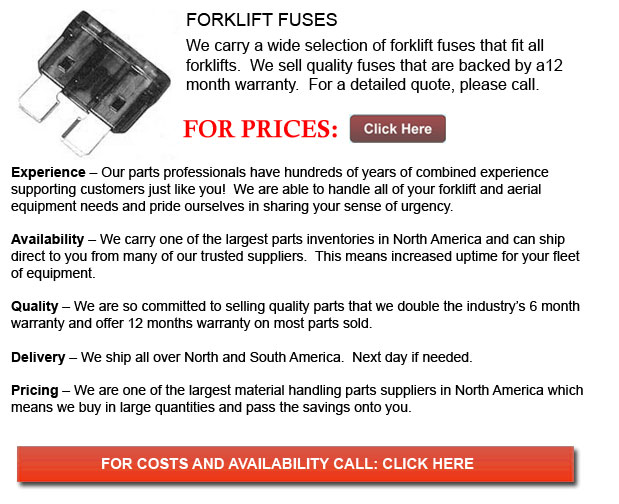
Forklift Fuse - A fuse comprises a metal strip or a wire fuse element of small cross-section compared to the circuit conductors, and is typically mounted between two electrical terminals. Usually, the fuse is enclosed by a non-conducting and non-combustible housing. The fuse is arranged in series capable of carrying all the current passing through the protected circuit. The resistance of the element produces heat due to the current flow. The construction and the size of the element is empirically determined to be able to be sure that the heat generated for a regular current does not cause the element to attain a high temperature. In instances where too high of a current flows, the element either rises to a higher temperature and melts a soldered joint within the fuse that opens the circuit or it melts directly.
An electric arc forms between the un-melted ends of the element when the metal conductor components. The arc grows in length until the voltage considered necessary to be able to sustain the arc becomes higher compared to the accessible voltage in the circuit. This is what really results in the current flow to become terminated. When it comes to alternating current circuits, the current naturally reverses direction on each cycle. This process really enhances the fuse interruption speed. Where current-limiting fuses are concerned, the voltage required to sustain the arc builds up fast enough to be able to basically stop the fault current before the first peak of the AC waveform. This effect tremendously limits damage to downstream protected devices.
Generally, the fuse element consists if copper, alloys, silver, aluminum or zinc that would provide stable and predictable characteristics. Ideally, the fuse would carry its rated current indefinitely and melt rapidly on a small excess. It is vital that the element should not become damaged by minor harmless surges of current, and should not change or oxidize its behavior subsequent to possible years of service.
The fuse elements could be shaped to be able to increase the heating effect. In bigger fuses, the current can be divided amongst many metal strips, while a dual-element fuse may have metal strips which melt immediately upon a short-circuit. This particular kind of fuse can likewise contain a low-melting solder joint that responds to long-term overload of low values as opposed to a short circuit. Fuse elements could be supported by nichrome or steel wires. This would make certain that no strain is placed on the element but a spring can be incorporated to increase the speed of parting the element fragments.
It is common for the fuse element to be surrounded by materials that are meant to speed the quenching of the arc. Air, non-conducting liquids and silica sand are some examples.
![]() Click to Download the pdf
Click to Download the pdf
Forklift Parts
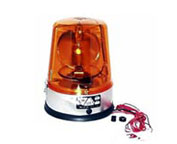
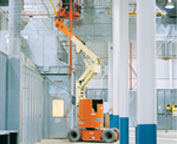
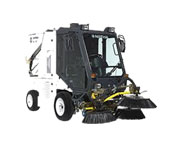
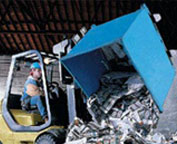
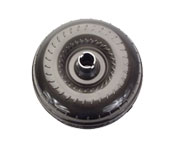
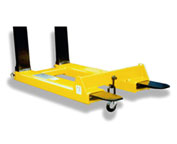
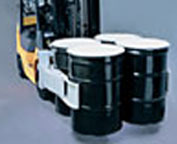
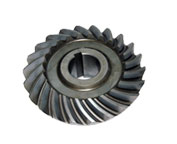
Lift Parts Express
TOLL FREE: 1-888-695-7994
forkliftpartsdelaware.com
Email Us
About Us


